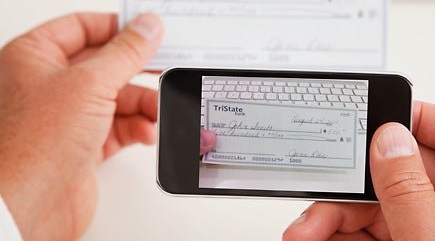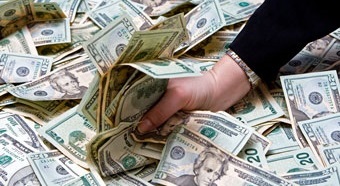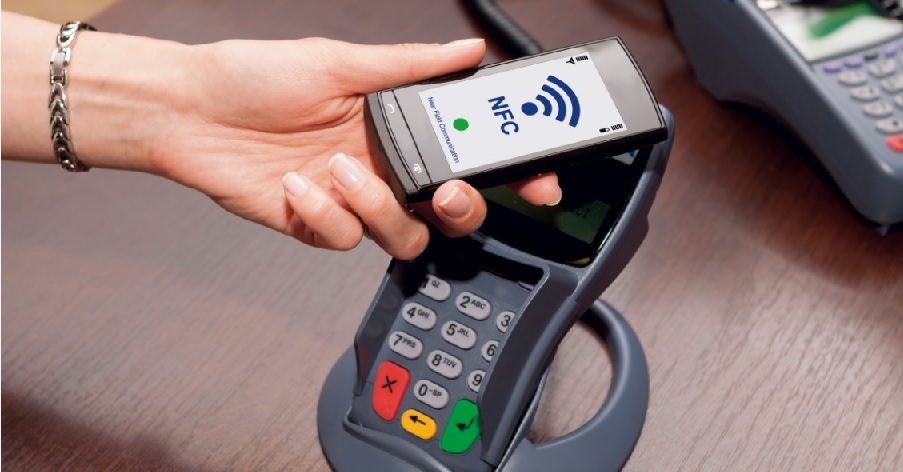 More than 2,000 bankers, credit unions executives and vendors crowded into meeting rooms at a Marriott conference center in Orlando this week for NACHA's Payments 2014 Conference.
More than 2,000 bankers, credit unions executives and vendors crowded into meeting rooms at a Marriott conference center in Orlando this week for NACHA's Payments 2014 Conference.
And because they did, they know things you don't.
Big ideas were ventilated. Big worries were revealed. Big threats were discussed.
Tomorrow's banking will be radically different from today's. And that's despite the fact that, as a breed, financial services executives are risk averse and change resistant, traits noted by multiple speakers.
However, the forces of change are coming down the pike with so much velocity, they will come to pass.
Sooner than most in financial services believe.
Read on to catch the flavor of some of the liveliest discussions, exploring hot button topics such as MRDC, MCX, and BLE.
And if you don't know those acronyms, you soon will.
Read more: Non-bank innovators are leading the way …
 1. The disruptors are winning.
1. The disruptors are winning.
“Non-bank innovators are setting the payments agenda,” declared Margaret Weichert, principal, financial services, Ernst & Young. “The payments landscape is no longer dominated by traditional financial services players.”
Banks and credit unions may think they are driving the bus, but the reality is otherwise.
PayPal, Amazon, Google, almost certainly Apple “are taking the high value, customer facing focus,” Weichert said.
A bank or credit union may fulfill a PayPal payment, but that is day labor; the real value – the customer mindshare – is won by PayPal, she said.
At a different panel, Kevin Connelly, a vice president at Fort Worth, Texas-based consulting firm The RWC Group, pointedly asked the audience where the payments revolution is centered.
If you answered Manhattan, Charlotte, N.C. or London, you are wrong.
“It's center is Silicon Valley,” Connelly said. “The disruptors are winning.”
He added that the big financial services brands are conspicuously absent from leadership roles in payments innovation.
On a third panel, Uma Wilson, a senior vice president at UMB Bank, a $16 billion institution headquartered in Kansas City, Mo., said, “To innovate we need to look outside the industry. So often we look at the bank across the street. We need to be looking at what the non-banks are doing.”
Are the traditional players doomed to be outsiders?
Not necessarily. Multiple speakers insisted that banks and credit unions continue to have the trust of consumers, and that is big where money is involved.
Financial institutions can still claim a seat at this table, but the time to act is now, warned several NACHA panelists.
Read more: The consumer experience …
 2. It's all about the consumer experience.
2. It's all about the consumer experience.
Why are traditional financial services players lagging?
Gary Greenwald, managing director, digital money services at Citibank, said on another panel that it comes down to this: Non-banks like Facebook and PayPal are obsessed with delivering a captivating consumer experience, a concept that's alien to traditional financial service executives.
Banks, added Celent analyst Jacob Jegher on the same panel, are a slow moving ship.
But consumer expectations, especially for the mobile channel, are vaulting skyward because consumers are consistently delighted by ever more engaging and imaginative apps.
“These consumer experiences set our expectations very high,” Greenwald said.
Can consumers be passionate about a banking app?
Greenwald indicated many are passionate about other kinds of apps, so that should be a goal for developers of bank apps. Even though, he admitted, few think in that vein.
Attitude adjustments may be needed for long-term survival..
Read more: A lurking security threat …
 3. MRDC May Be Springing a Security Leak
3. MRDC May Be Springing a Security Leak
An article of faith among proponents of mobile remote deposit capture is that fraud incidence via double deposits is trivial, that the problem is minor.
Brian Todd, a senior vice president at Citibank, offered a radically different and disturbing outlook at a sparsely attended panel in NACHA's closing hour.
MRDC fraud, perpetrated by professionals, is rapidly rising, Todd said. And, according to him, prevailing banking rules and regulations are not set up to deal with this. That is complicating the search for solutions.
Todd elaborated that these professionals now are depositing the same item, many times, at many different institutions. Following the bouncing check is becoming very difficult.
He predicted there will be more criminal interest in MRDC in the months ahead, and financial institutions are struggling to fight back.
Read more: The Wal-Mart threat …
 4. MCX Rising
4. MCX Rising
MCX is the single biggest threat to the current bank payments system, pronounced panelist Paul Amisano, vice president, money movement and emerging payments at BB&T, a $182 billion bank headquartered In Winston-Salem, N.C.
His point was if the Merchant Customer Exchange in fact takes off, and if this Wal-Mart led initiative decides to go with a prepaid card, that could result in a massive restructuring of payments and a huge loss of fee income to banks and credit unions.
Even if MCX uses traditional credit and debit cards, there is every indication the intent is to squeeze fees downward.
Earlier, on a different panel, consultant Weichert had rattled a similar sabre.
“MCX is a response to bank control of the payments experience,” she said. “Merchants want to control the experience. That's why they are building their own thing.”
Can MCX work? The initiative involves several retailers that are fierce Wal-Mart competitors. The stability of that alliance is unclear.
What is clear is that there has not been a threat of this magnitude to the Mastercard and Visa payments hegemony in years. Maybe never before.
Read more: Near Field, long shot?
 5. Eyes on low energy Bluetooth.
5. Eyes on low energy Bluetooth.
Just about every panelist at the NACHA conference was, at most, ambivalent about the prospects of Near Field Communication powering the coming mobile point of sale revolution.
Pervasive merchant resistance to upgrading terminals so they accept NFC tap and pay is probably the biggest reason for skepticism.
Some speakers pointed to comparatively low-tech barcodes as mobile point of sale winners, with Exhibit A being the Starbucks mobile app, widely cited as the most successful mobile commerce app in current use.
But at least one speaker, Kevin Connelly from the RWC Group, fingered low energy Bluetooth as the technology to watch. He said that both Apple and PayPal, two of the dominant players in mobile payments, are deep into BLE pilots, and early word on results is positive.
Bluetooth works, it is supported by many, many devices. And, importantly, unlike traditional Bluetooth, BLE is designed to consume low amounts of power.
Traditional Bluetooth, when used to connect a wireless headset, for instance, notoriously drained battery life in short hours.
Not so with BLE.
Add up its availability, ease of use and low energy use and, Connelly said, this just may be the dark horse that wins the emerging mobile payments sweepstakes.
At the very least, it's a technology to watch.
© 2025 ALM Global, LLC, All Rights Reserved. Request academic re-use from www.copyright.com. All other uses, submit a request to [email protected]. For more information visit Asset & Logo Licensing.






